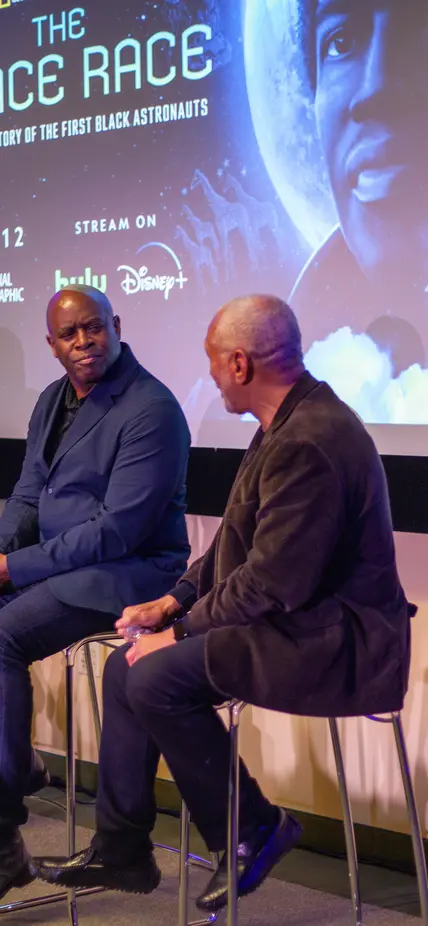Washington, DC—Black astronauts, engineers, and scientists have played crucial roles in the U.S. space program for generations. Despite these momentous contributions, they were often under recognized for their efforts and faced discrimination from both peers and the public.
On Monday, February 26, Carnegie Science brought together former-NASA Administrator Charles Bolden and former-astronaut and current NASA educator Leland Melvin together for a special showing of The Space Race followed by a conversation with President Eric D. Isaacs.
This new National Geographic documentary film explores the stories of Black individuals “who joined NASA to serve their country in space, even as their country failed to achieve equality for them back on Earth.”
The post-screening discussion highlighted the importance of representation throughout science and engineering and the significance of sharing the stories of pioneers like Bolden, Ed Dwight, and Guion Bluford.
“If you can see it, you can be it, but so many kids don’t see it,” said Melvin, who is one of the film’s producers.
He shared a story about signing a photo for a 9th grade student at the Jet Propulsion Laboratory who approached him years later to re-introduce himself and thank Melvin for his message: “you can do anything you put your mind to, whatever you believe,” which had propelled the young man all the way to a Ph.D. in aerospace engineering.
Bolden talked about attending the annual White House Science Fair as NASA Administrator and how inspiring it was that President Obama took time to engage with the participant’s experiments, which he described as “setting expectations for those students and then watching them rise to the level of those expectations.”
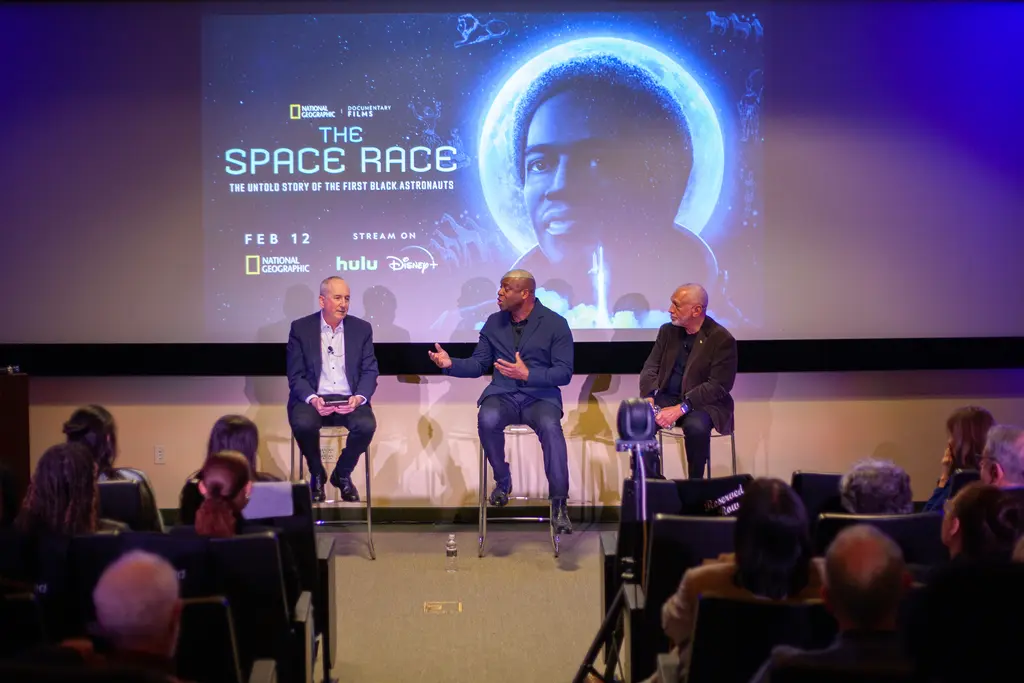
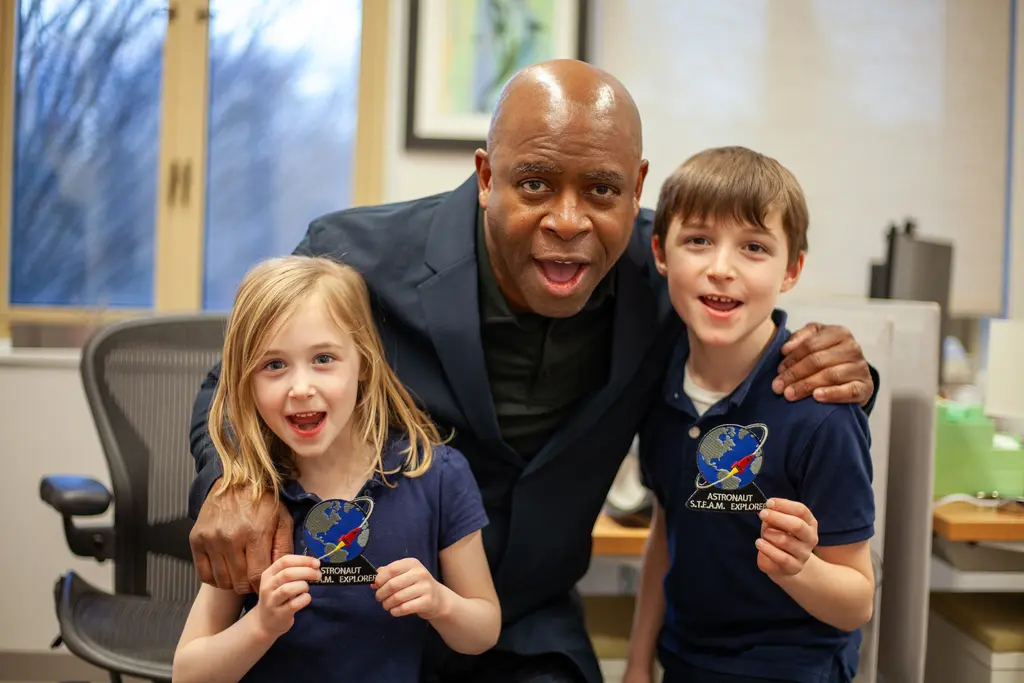
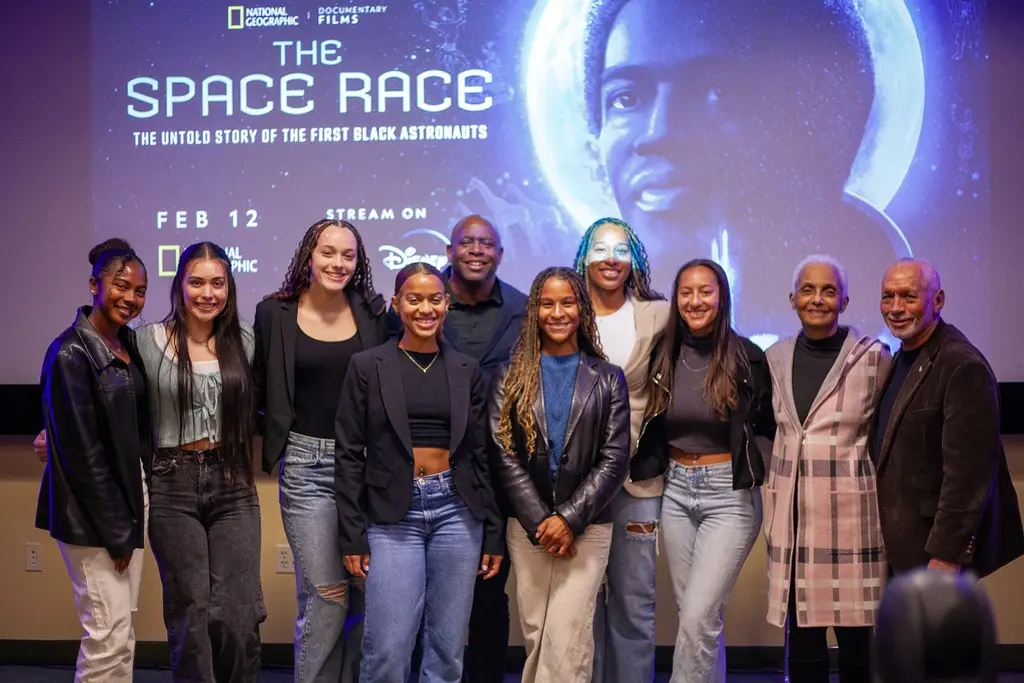
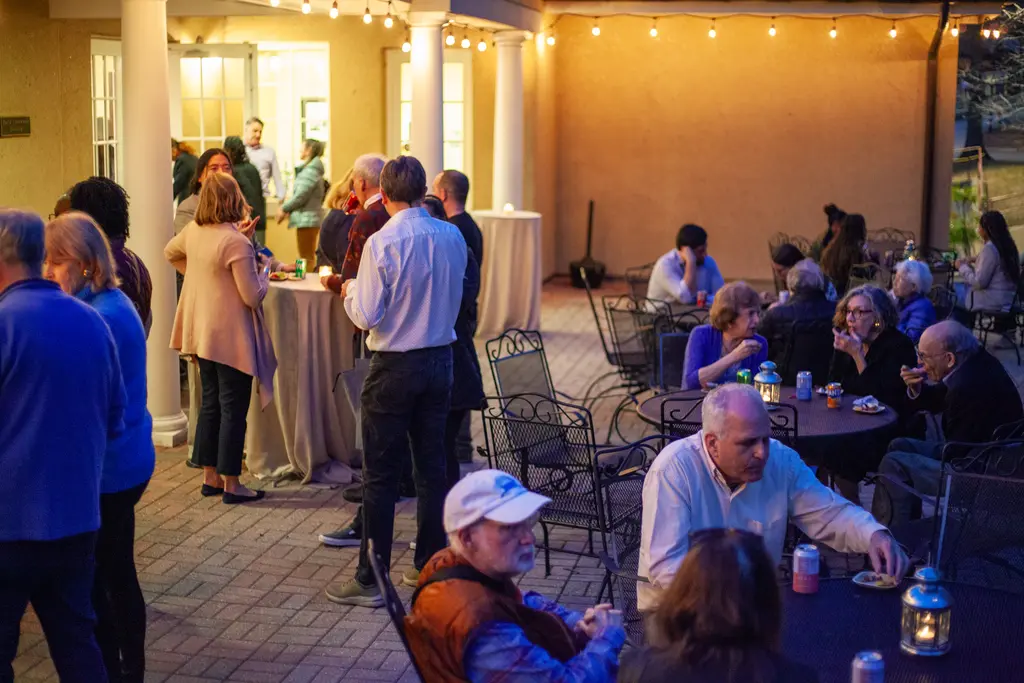
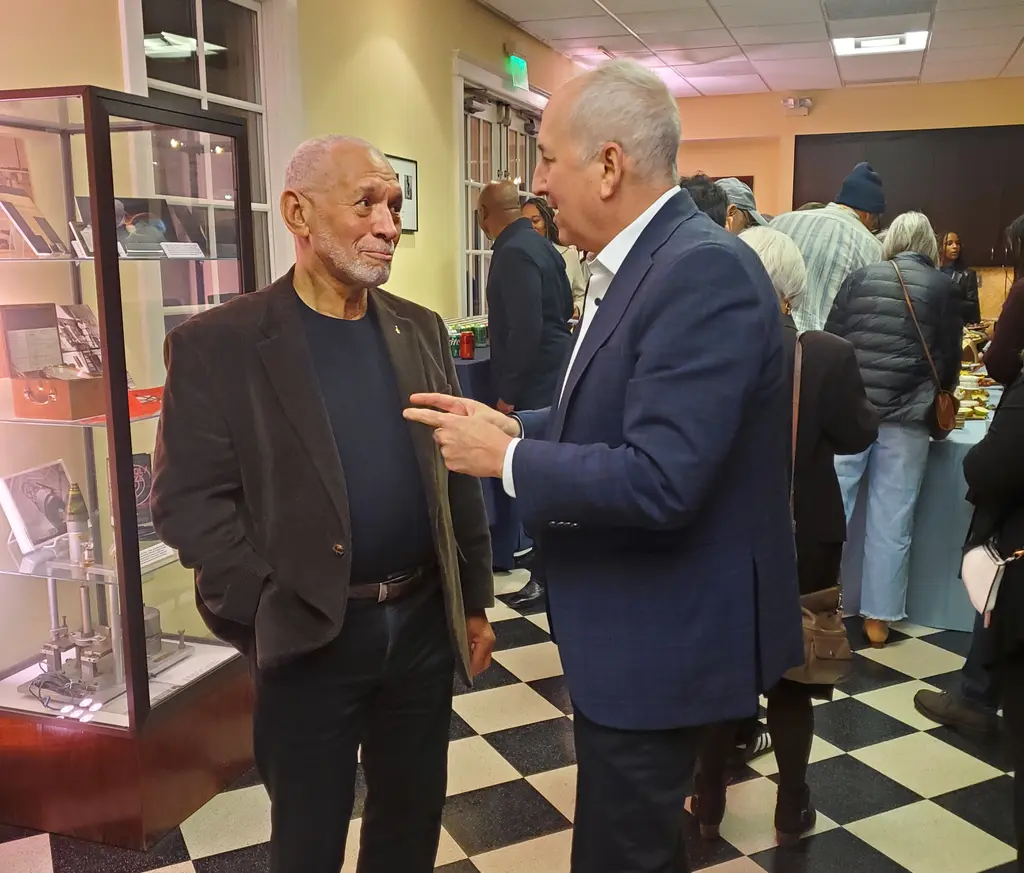
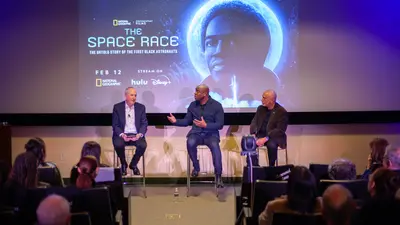
Carnegie's screening of National Geographic documentary The Space Race was followed by a panel discussion with former NASA administrator Charles Bolden and former astronaut Leland Melvin, moderated by Carnegie President Eric Isaacs
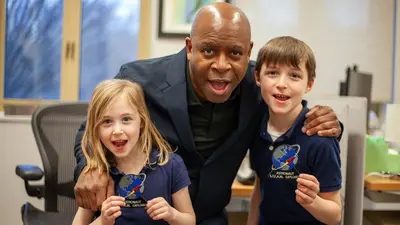
Two enthusiastic space fans pose with former astronaut and current NASA educator Leland Melvin
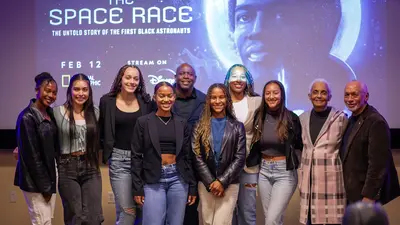
Members of the Howard University women's soccer team pose with former astronaut Leland Melvin and former NASA Administrator Charles Bolden
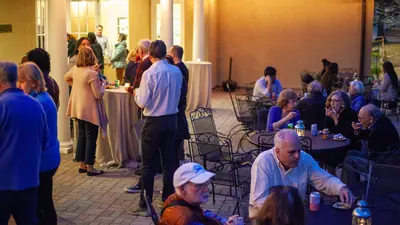
Attendees of Carnegie's The Space Race screening mingle on the Broad Branch Road campus patio, enjoying refreshments
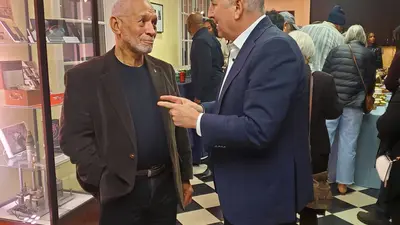
Former NASA Administrator Charles Bolden and Carnegie President Eric D. Isaacs converse during the pre-screening reception for The Space Race
Guided by Isaacs, the wide-ranging dialogue included tips on overcoming adversity. Bolden emphasized the importance of calling in members of a social or professional community and developing a shared understanding of each other’s background.
“That was really important for me at NASA, to ask people to try to understand what someone else is thinking or going through,” he explained. “Take care of your people and they’ll take care of you.”
The vastness of space can enhance the camaraderie across national and cultural differences, the astronauts agreed. Melvin relayed an experience aboard the International Space Station when Peggy Whitson, the first female commander, arranged for a dinner in the Russian segment.
“She said, you bring the re-hydrated vegetables, and we’ll bring the meat. So, we floated over, and we have this meal—African American, Asian American, French, German, Russian, and the first female commander breaking bread at 17,500 miles per hour, going around the planet every 90 minutes while listening to Sade Smooth Operator: Boom mind is blown.”
In wrapping up the discourse, Isaacs asked the astronauts for their final advice to aspiring leaders in the audience.
Addressing the two front rows, which were populated by members of the Howard University women’s soccer team, including his granddaughter, Bolden encouraged optimism, saying “the world will be like we make it.” He also encouraged those listening to never be afraid to fail, which he called a “necessary part of growing up and life.”
Melvin concluded the evening by compelling attendees to prioritize cultural and aesthetic authenticity in the workplace, because diversity promotes excellence.
“If you’re not bringing your full self to the team, then you’re not bringing those riches to help these problems and get the best solutions,” he urged.
